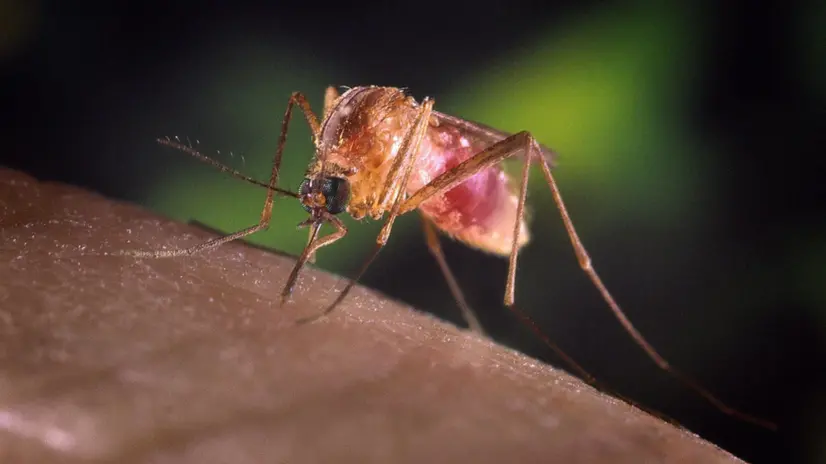West Nile, esteso test a tutti i donatori di sangue nel Lazio

ROMA, 25 LUG - La Regione Lazio ha disposto l'estensione dell'esecuzione del Nucleic Acid Test per il Virus West Nile a tutti i donatori di sangue della Regione Lazio. Si tratta di nuove misure precauzionali a tutela della salute pubblica e della sicurezza trasfusionale, adottate dalla Regione, in considerazione dell'evoluzione del quadro epidemiologico relativo alla diffusione del Virus West Nile, con particolare riferimento alla provincia di Latina. La Direzione Regionale Salute e Integrazione Sociosanitaria ha disposto l'estensione del test "in linea con quanto previsto dalla Circolare del Ministero della Salute n. 3363 del 5 febbraio 2025, che aggiorna il Piano Regionale di Prevenzione, Sorveglianza e Risposta alle Arbovirosi per l'anno in corso, e tenendo conto delle indicazioni contenute nella nota del Centro Nazionale Sangue (Cns), prot. n. 2025_0020412 del 14 maggio 2025". Con questa iniziativa, la Regione Lazio, attraverso il proprio sistema trasfusionale, "ribadisce il massimo impegno nel garantire elevati standard di sicurezza e qualità, nel pieno rispetto delle raccomandazioni nazionali e internazionali. L'estensione del test sarà attiva su tutto il territorio regionale fino a nuove disposizioni e verrà costantemente monitorata in base all'andamento epidemiologico".
Riproduzione riservata © Giornale di Brescia
Iscriviti al canale WhatsApp del GdB e resta aggiornato
